Hong Kong’s seniors age-in-place
The country’s Housing Society has come up with initiatives to address this need for seniors who prefer staying in their own homes.
BY: Eleanor Yap
To support the seniors in Hong Kong to age-in-place, the country’s Housing Society, an NGO (non-governmental organisation), established its Elderly Resources Centre (ERC) in 2005. The Centre is located below an estate called Prosperous Gardens in Yau Ma Tei, Kowloon, which has four blocks of private housing and one block of public housing. In that block, two to three levels are reserved for rental to seniors and some 100 seniors currently live there.
Since the centre’s inception, it has been promoting age-friendly housing, and devotes its efforts and resources in educating community-dwelling seniors, caregivers, professionals, students and general public about age-friendly homes. In the Housing Society’s magazine late last year, its chairman Marco Wu noted the country’s growing ageing population saying that according to the latest figures by the Census and Statistics Department, “the population in Hong Kong is ageing continuously at an even more rapid pace in recent years”. He said that similarly in the rental estates of the Housing Society (they also offer private housing), the ratio of elderly residents continues to grow. To date, the number of elderly residents aged over 60 has reached around 32,000, accounting for nearly 40 percent of the overall population of their estates.
Wu shared that “most of the elderly prefer staying in their own community and at their own places for their later life”. Hence its resources centre plays a key role in this. It focuses on three aspects – ageing process, lifestyle/habit and living environment. The team at ERC is made up of occupational therapists, social workers and other professionals who are age-friendly housing specialists in Hong Kong and provide free services both at the centre and off-site in the community.
Services offered
- The free screenings offered at the centre.
At the centre, there are various free screenings that are offered to the seniors aged 60 and above including cognitive, visual, hearing and mobility. There is also an exhibition area displaying age-friendly home design and products in the bathroom, kitchen, and living room/bedroom. Highlights include a couch with waterproof material, armchair with electrical control to allow the chair to move up so the senior can easily stand after sitting, automatic sensor lights in the bedroom, induction stove, cabinets that can move up and down as well as forward so those on wheelchair can easily reach the items, sink in the kitchen that can move up and down, and a six-foot bed for the caregiver that automatically comes out of a wardrobe.
- Age-friendly home design and products.
ERC also offers workshops on age-friendly housing for a wide range of audiences including post-secondary school students, volunteers from NGOs and private corporations, professionals from the healthcare, design, social welfare, IT and more. To date, the centre has received over 110,000 visitors over the past 10 years, of which about 70,000 are seniors. Guided tours are also offered of the centre given by staff and volunteers of different ages including retirees, who are role models of active and healthy ageing, and also act as age-friendly housing ambassadors.
For off-site services, ERC organises and participates in age-friendly housing promotional and educational activities including mall shows, fairs and carnivals to advocate the concept of age-friendly housing to the public. There was also the Elderly Safe Living Scheme (ESLS) where the centre’s occupational therapist provided home assessment free for all eligible home owners who are seniors. He or she assessed their health and care needs, their lifestyle and habits, and their home environment. Though the scheme ended in March 2017, ERC has extended the collaboration with nearly 50 organisations including elderly services centres and private corporations to continuously provide age-friendly housing-related services including education, home assessments and providing age-friendly products for community-dwelling seniors in need.
Another scheme
The Hong Kong Housing Society also started the Ageing-in-Place (AIP) Scheme in 2012 to help its senior residents “build an ageing-in-place lifestyle through housing, health and social support services”, explained Wu in his chairman’s message in the Society’s magazine. The scheme looks at five areas – Home safety (conducting home environment assessment to enhance safety), Healthiness (coordinating rehabilitation and health-related services and managing chronic illnesses), Autonomy (promoting fall-prevention exercises and strengthening physical conditions), Happiness (organising active ageing activities and concern visits to encourage happy ageing and enhance mental wellness) and Abled brain (conducting training to detain cognitive impairment). He explained the scheme currently covers 20 rental estates of the Society, providing services to some 30,000 senior residents.
In 2014, the Society appointed Sau Po Centre on Ageing of The University of Hong Kong to conduct a four-year study to review the effectiveness of the scheme, assessing the tangible effect of the scheme on the lifestyle and mental health of the seniors. Wu shared: “The interim report of the study showed that the AIP Scheme has posed positive impact on the physical as well as mental wellness of the participants. It is noteworthy that the tendency to move to elderly homes and the frequency in using hospital and emergency services has been decreased significantly while their emotional health and cognition have been showing improvements.” In the same magazine, the Housing Society’s general manager of Elderly Services, Dr Cheung Moon-wah said that this model can serve as a “reference of ageing-in-place policy for the Government”.

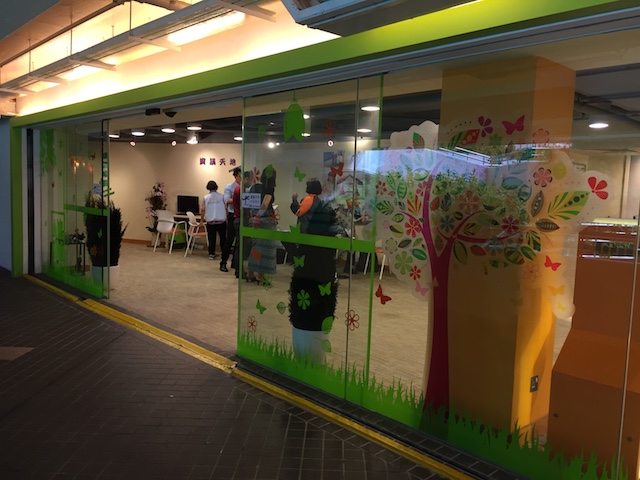

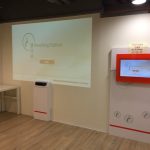





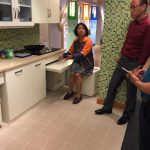
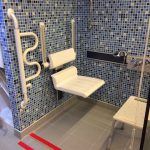

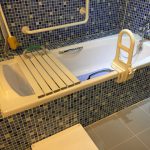
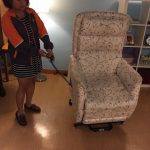
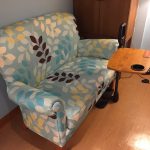
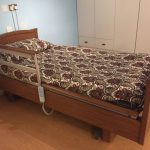


0 Comments